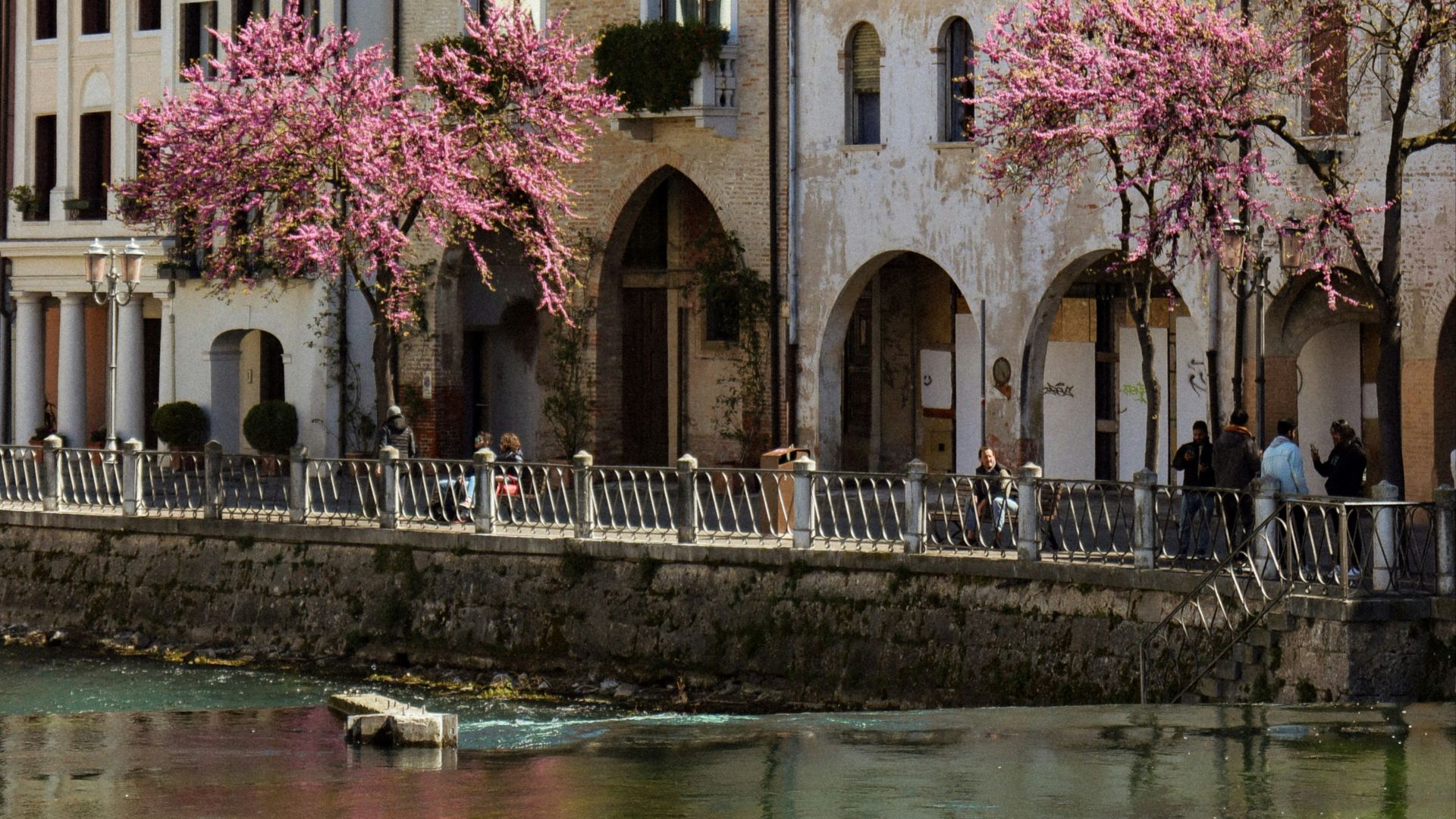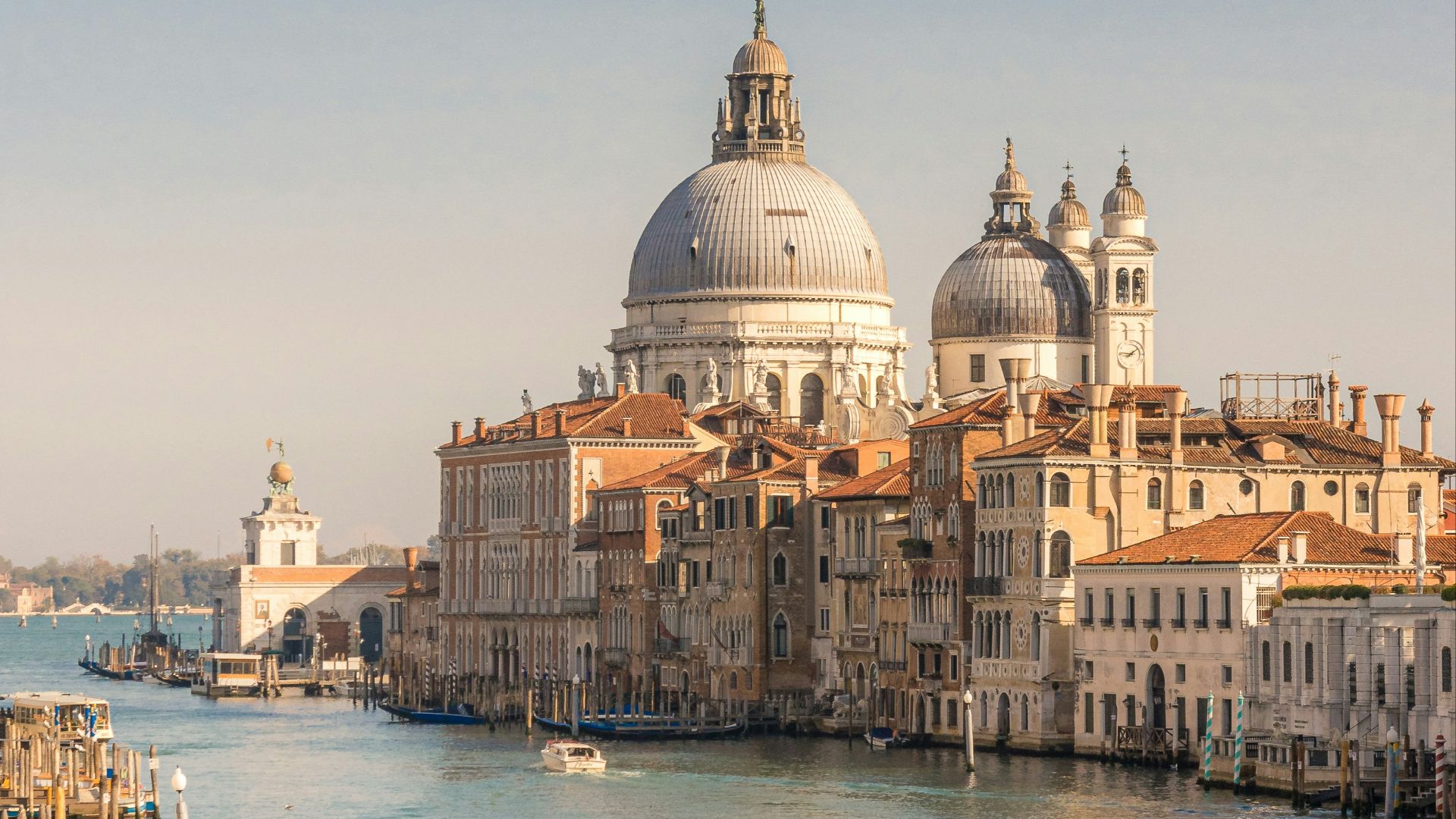Bad News For Venice, Good News For Treviso
For as long as gap years have been a thing, Venice has been one of the places to go in Italy. And why not? Who could say no to the lure of romantic gondola rides, St. Mark's Square, and elaborate Carnival masks? Evidently, a lot of people! As crowds, pollution, and costs get worse in Venice, many tourists are forgoing The Floating City for a cheaper, smaller alternative just half an hour away.
Overcrowding
One of the biggest issues influencing tourists' decision is the sheer overcrowding Venice faces. Over 30 million tourists visit annually, crowding out the native population of just 50,000. With no streets to escape from foot traffic, sightseers must squeeze past everyone and their nonna just to get a glimpse of the Bridge of Sighs. Venice is especially crowded in the summer months, along with February, when Carnival runs. Not only do visitors have to deal with the risk of crowd crush, but there's the noise, the tourist traps, and the stink. As Venice's canals and lagoons grow more and more polluted, the smell is only amplified in the summer heat, when your gondola ride is held in smell-o-vision.
Cost
The prices are another huge reason why tourist traffic is shifting away from Venice. Simply put, Venice is too expensive for many people. Since the city relies so heavily on tourism, the prices are continually on the rise to out-sell the competition. This means that tourist traps are getting more expensive to bring in money while mom-and-pop businesses are being shut down when their owners can't afford rent. Time is money for tourists, and every minute spent enjoying a meal or resting after a long day is another Euro wasted. Restaurants are serving worse food for more money; Airbnbs are forcing Venetians out of their homes. Neither locals nor tourists can afford to stay in Venice anymore—unless they have deep pockets.
Enter Treviso
Treviso, located approximately 30 minutes outside Venice isn't called "Little Venice" for nothing. Not only does it have its own canals and beautiful cobblestone streets, it maintains a rustic charm that touristy Venice lacks. Unlike Venice, Treviso's attractions and events haven't been commercialized beyond belief. This means that they continue to maintain their authentic culture, rather than catering to tourist ideals. When you take a walking tour in Treviso, you can bet that the person leading it is speaking from experience, rather than a script. This also means that your tourist dollars go back into improving Treviso.
We're not just saying this either, Treviso has consistently proven themselves to be a smarter and more eco-friendly alternative to Venice. Overtourism is as much the fault of Venice as it is the tourists', but it doesn't have to be that way.
 Nicole Arango Lang on Unsplash
Nicole Arango Lang on Unsplash
Sustainable Vacationing
Just this year, Treviso won an award given to small cities committed to environmental sustainability. Not only did Treviso turn an abandoned landfill into a solar park, but it also improved the water and air quality. If that wasn't enough, Treviso has also built bike lanes to cut down on car usage, planted trees, and harnessed the power of their famous canals through water mills.
In short, while Venice is floundering under the crushing weight of tourism, Treviso is practically begging for tourist money that it can put to good use. Visitors to Treviso can enjoy the city while knowing that they aren't actively contributing to its decline, and they'll likely have a better time than they would in Venice.
If you needed more convincing, Treviso is also the birthplace of tiramisù.
The best we can hope for is that Treviso doesn't succumb to overcrowding the same way Venice does, and that Venice has time to get back on its feet.









